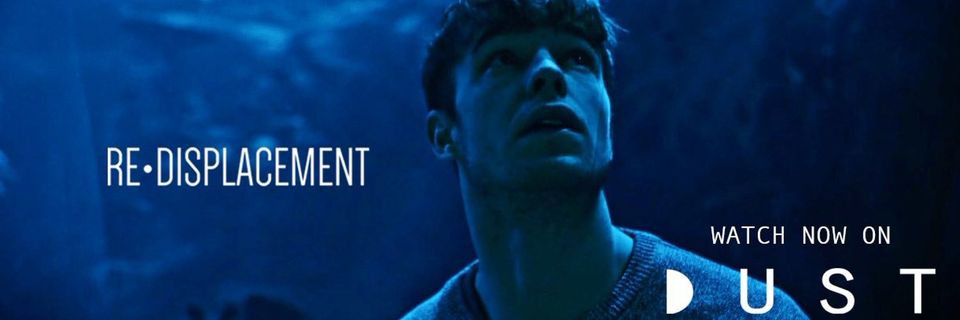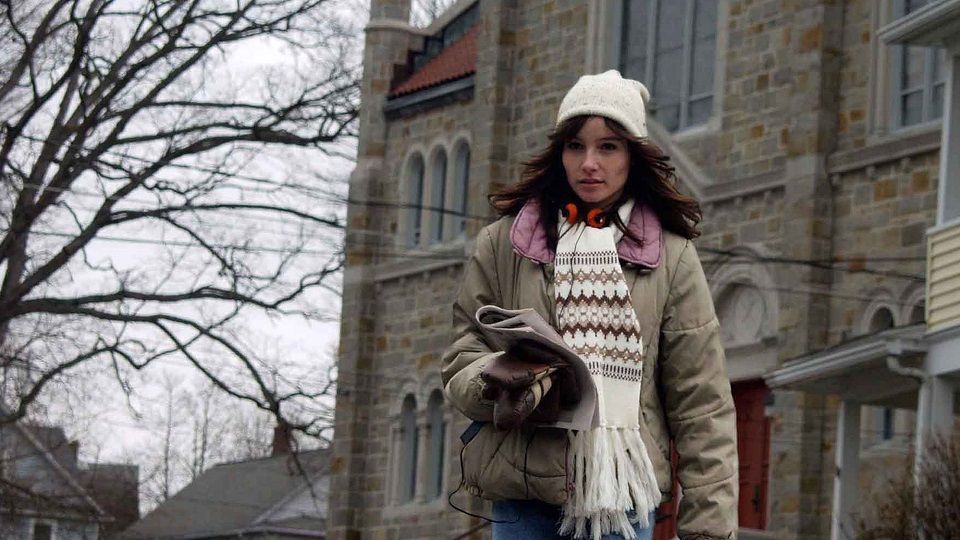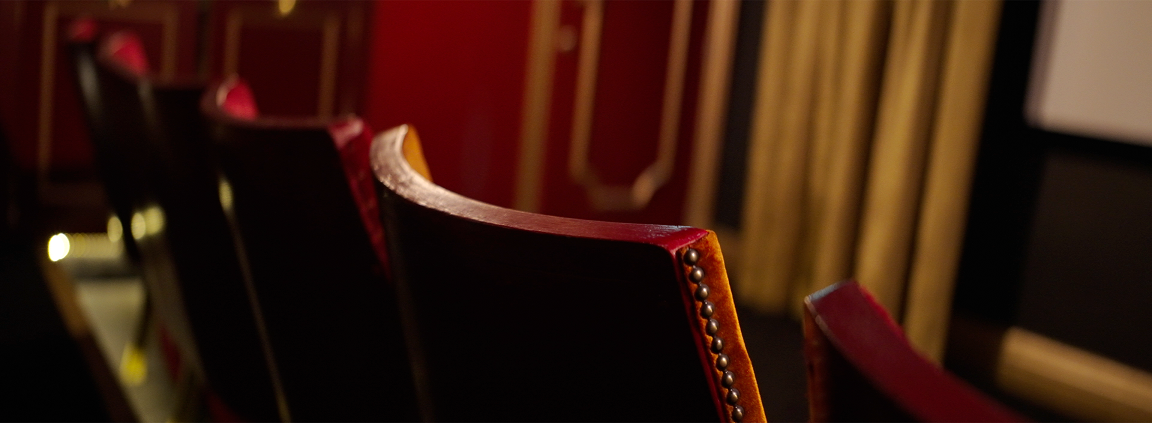Midlands Review of Re-Displacement
midlandsmovies • June 15, 2020
Midlands Review of Re-Displacement

Re-Displacement
Directed by Lewis Coates
2020
The way our memories function has been a bountiful source of inspiration for filmmakers and this is combined with speculative science fiction in the latest short film from Lewis Coates, whose previous efforts include the deeply unsettling, paranoia-soaked Random Acts: When Voices Unite.
It opens on the stark architecture of The Hepworth, in Wakefield; the first glimpse of the mise-en-scene which guides us through Re-Displacement. Inside, Leo (Nico Mirallegro) is trying to access a painful, childhood memory with his therapist Doctor Michelle (Nathalie Cox) via a controversial and potentially dangerous new technique.
Both actors play off each other wonderfully. Mirallegro brings the same vulnerability as he did to the doomed Tim Evans in the mini-series Rillington Place. He’s twitchy, nervous about the procedure and discomforted by the apparent side-effects. Cox brings a quiet forcefulness to her role and remains so stoic that she becomes a blank slate on which the viewer can place their own misgivings.
Leo must step inside his memories and follow the clues to find out what he has repressed. Once inside his head, he becomes more childlike, pressing himself against a small television, nervously tugging at his clothing and fidgeting with objects at hand.
His first stop is his childhood home. Here we have another glimpse of just how clever the scene design is. Ostensibly, it’s like any family home, full of clutter and warm lighting. However, the clutter could just as easily represent Leo’s mind. As he becomes increasingly confused, we move away from the stark clean lines of the near future and enter the messy time periods that have caused his distress.
We also see Coates skill as a director. Working with cinematographer Sam Travis, he moves from the symmetrical, Kubrick style to a more claustrophobic form. Leo’s mother (Mariah Louca) is kept off-screen for part of it, a shadow in the mirror, a silhouette in the corner. It distances her from Leo as he struggles to collect the missing pieces of his childhood.
From the confines of a home, to the wide open spaces of Stableford Woods, Lincolnshire, Leo finally comes close to finding out the truth but the reveal (cleverly kept out of sight) is too disturbing for him to find closure. Again, the cinematography mirrors Leo’s mental state. The real locations are replaced with backdrops, played out in front of Leo as he loses control of the situation.
Especially effective is the imagery of a roller coaster, a sly nod towards the real nature of Leo’s situation. As the film reaches its climax we are introduced to Emily (Rosie Gray), who makes Leo question whether the therapy should be trusted, as well as how many times he has followed this same path, and whether his memories even represent what occurred in his childhood. It’s a welcome symbol of hope but Coates cleverly leaves the ending ambiguous.
Re-Displacement has found its home on DUST, a speculative science fiction site that champions new and original cinema and no one could argue Lewis Coates’ place in the line-up. This is beautifully shot, making full use of the East England locations, and cleverly emphasising the psychological impact with understated visual effects. The subtle electronic soundtrack is mixed with diegetic sound to ramp up Leo’s anxieties.
If there is a criticism of Re-Displacement, it is that Emily’s monologue about the reliability of our memories is heavy-handed and veers into unnecessary exposition. Much of her dialogue serves to remove some of the mystery of Leo’s therapy.
Yet Emily remains a crucial part of the film. She gives Leo and, by extension, the audience, hope. She is the most human part of Re-Displacement and makes clear that people can get through the worst experiences. In hindsight, that is an important and timely message.
Matthew Tilt
Twitter @Matthew_Tilt

Ti West’s The House of the Devil makes a wonderful companion piece to his film The Innkeepers. Both maintain the director’s referential approach to horror, incapsulating it in a slow burning 90 minutes that manages to build and maintain tension while cheekily winking to the audience and showing the mechanisms behind the scares.




